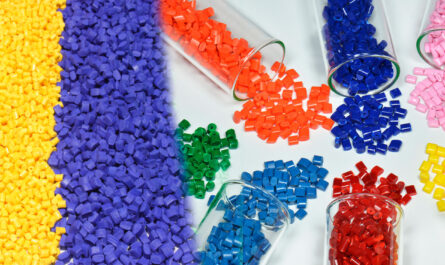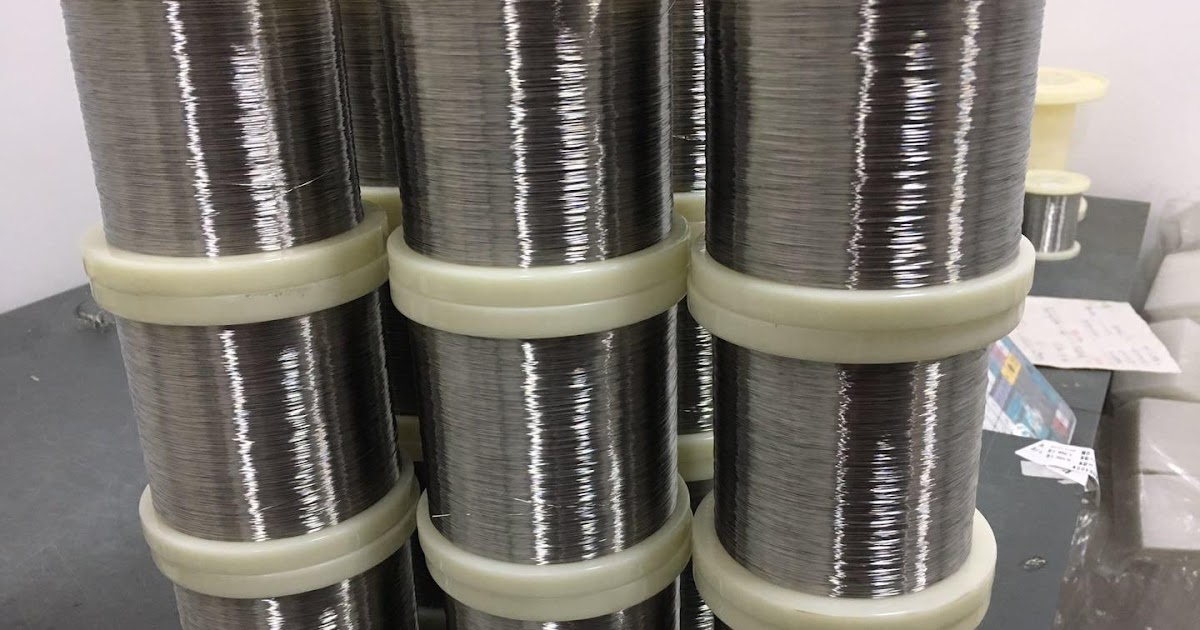Introduction
PET (Polyethylene terephthalate) preforms are the small plastic containers that are used to produce plastic bottles through reheating and blowing. These simple looking containers play a vital role in manufacturing plastic bottles at a large scale.
What are PET Preforms?
PET preforms are small plastic containers made from PET, typically weighing around 5-12g. They have the shape of a test tube with one end open and the other sealed. The walls of the preform are thin but rigid enough to hold their shape during manufacturing and filling processes. PET preforms are mass produced through injection molding where molten PET is injected into preform molds at high pressure. After cooling, these preforms are ready for conversion into bottles.
Manufacturing of PET Preforms
The manufacturing of PET Preforms involves injection molding where PET raw material in pellet or granular form is fed into an injection molding machine. Here are the key steps:
1. Drying: PET pellets are dried in a hopper dryer to remove any moisture content. Extra moisture can cause quality issues.
2. Melting: Dried pellets are fed into the injection unit where a heated barrel melts the pellets at high temperature, typically between 250°C to 270°C.
3. Injection: The molten PET is injected into preform cavity molds at high pressure, usually between 500 to 1500 bars.
4. Cooling: Once injected, the preforms are rapidly cooled in the molds using water or other coolants. Cooling ensures the PET solidifies retaining the shape of the mold.
5. Ejection: Once cooled, the molds open and the preforms are ejected onto a collection system for further processing.
Advantages of PET Preforms
Using PET preforms to manufacture plastic bottles offers several advantages over direct blow molding:
1. Mass production: Preforms allow for large scale, high speed production of plastic bottles on automated blow molding lines. A single preform mold can produce hundreds of preforms in an hour.
2. Reduced material wastage: Only the amount of PET required to make the preform is injected, eliminating wastage during parison extrusion in direct blow molding.
3. Consistency: Using preforms helps maintain uniform wall thickness and dimensional accuracy in bottles.
4. Energy savings: Reheating preforms on blow molding lines requires less energy than melting PET for blow molding.
5. Lower cost: With high output and savings in material and energy, preforms allow cost-effective plastic bottle production.
Conversion of Preforms into Bottles
In the blow molding process, the PET preforms are reheated, blown into molds, and transformed into empty bottles:
1. Heating: Preforms are quickly heated in oven or infrared heating zones to temperatures near the PET melting point between 80°C to 120°C.
2. Blowing: Heated preforms pass through blow molds where compressed air is injected to inflate the preform against the inner mold cavity.
3. Cooling: Air inside is released while blow molds remain closed, allowing the bottles to harden by rapid cooling with air or water.
4. Ejection: Finished bottles are ejected from molds. Quality checks are conducted on automated inspection lines.
5. Filling: Confirmed bottles proceed to filling lines where they are filled with beverages or other products.
PET Preforms for Different Applications
Depending on the type and size of bottles, preforms are designed and produced accordingly:
– Carbonated soft drink bottles require thicker preforms that can withstand high pressure carbonation filling and storage.
– Water bottles use lighter preforms since water has low pressure filling.
– Wide mouth jars for food like peanut butter use specialized preforms.
– Travel-sized mini preforms produce sample or travel bottles.
– New sizes and designs of bottles are tested through custom preform production.
Future of PET Preforms
PET preforms have revolutionized plastic bottle manufacturing by enabling high speed, automated production. Going forward:
– More specialized preforms will enable novel packaging like customized nutrition bottles.
– Use of renewable PET from food waste or plant-based feedstock will make preforms greener.
– Advances in 3D printing of preforms will allow on-demand production of varied bottle sizes.
– Lightweighting of preforms by wall thickness optimization can reduce plastic usage per bottle.
– 100% recyclable bottle designs using recycled PET in preforms is the next frontier.
PET preforms have become the backbone of the plastic bottling industry globally. Their mass production through injection molding and conversion into bottles using advanced blow molding has significantly increased plastic bottle output. With continuous innovation, PET preforms will keep propelling plastic packaging and bottled beverage industries to greater sustainability and efficiencies.
*Note:
1. Source: Coherent Market Insights, Public sources, Desk research
2. We have leveraged AI tools to mine information and compile it




